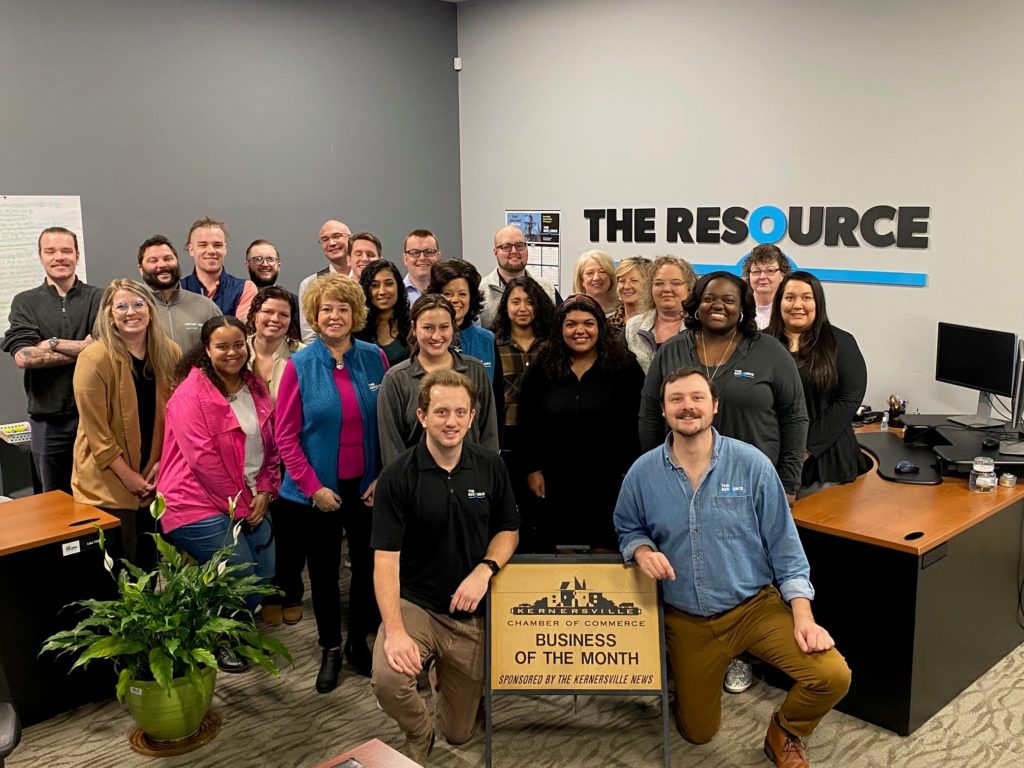Creating a positive company culture can seem a daunting task, especially when lack of buy-in, budget constraints, and competing priorities hinder the process. But when employees trust the people they work for, take pride in their work, and have great relationships with their colleagues, company culture can be a catalyst for improving employee retention and fueling innovative thinking. By addressing five pervasive HR challenges, an organization can cultivate a company culture that provides a solid foundation for a thriving workplace environment: Obstacle: “I don’t have time.” Building trust does take time, but that effort yields great results for both employees and management. Investing in people pays off in productivity and loyalty, because high-trust cultures have significantly reduced turnover compared to their competitors and also see accelerated rates of innovation. In short, companies that invest in their workers deliver stronger financial results over the long term. Solution: Reward employee behavior with praise, bonuses, and other forms of appreciation. Small shifts in employees’ behavior can drive powerful changes in company culture. Saying “thank you” takes only a few seconds but has a long-lasting positive impact. For example, companies can thank employees for their good work and positivity by enacting programs that share positive feedback with team members (such as the Heard at Hilton social media campaign, in which inspiring messages from guests are shared with Hilton employees). Programs that encourage team members to recognize their peers (and notify people managers each time a team member receives such recognition), too, can provide positive reinforcement. Managers can also meet their employees in a more informal setting (such as a weekly lunch with the team or with individual employees), which helps everyone get to know each other and gives leaders a space to voice appreciation of their teams. Obstacle: “My operating environment is too different.” Many issues are not as unique to an industry as one might think. One thing that all businesses and industries have in common is people—and ensuring that employees feel a sense of meaning, belonging, and value lies at the heart of creating a positive company culture. Meaningful work will drive employee retention across all industries and generations. Solution: Keep an open mind to new ideas and solutions. Instead of defaulting to “that would never work here,” leaders should observe what other companies are doing to cultivate a thriving company culture. Remote work environments (with hybrid working, flex hours, and globally integrated teams) can present challenges to employee bonding and engagement. But some of those challenges can be mitigated through virtual meetings that bring team members together to socialize with each other (as in Nvidia’s Friendship Fridays program). Sometimes companies strengthen their culture by pausing work on everyday tasks and setting aside time to innovate (as with Rocket Companies’ quarterly Hack Week, a time when teams meet to explore new ideas and create prototypes). To solve unique industry challenges and foster a culture in which employees feel valued and heard, organizations should be sure to solicit ideas from every level of the workforce. Obstacle: “It’s not the right time.” Mergers, layoffs, and global events can create uncertainty in the workplace, but they can also be opportunities for positive change. When leaders foster trusting relationships, employees are better able to embrace and adapt to change. A period of disruption is not only the perfect time to reinforce company culture—it’s also the right time to listen to employees, address their fears, and outline next steps. Solution: Communicate with and check in on employees. Caring people leaders understand the importance of surveying employees during times of crisis or change. By listening to their employees, businesses can shed light on hidden concerns, decode resistance to change, inform strategic decisions, and build trust. During the COVID-19 pandemic, for example, DHL actively sought feedback from its employees, who in turn praised the company’s persistent efforts to foster a responsive and supportive work environment even in the midst of a global crisis. Obstacle: “My employees aren’t on board.” When teams are disengaged, the best path forward is for leaders to reexamine their approach and look for creative ways to rebuild trust. Companies that respond to employee feedback and take at least one action on the most important issue that employees have identified are more successful in building a sense of trust among employees and reassuring them that they will continue to be heard. Solution: Listen to employees and help them see the value of creating a great workplace. Employees never get tired of feeling heard and understood. The best workplaces share similar practices in implementing employee listening strategies: For example, after asking more than 150 employees across its hospitals and physician clinics, “What gets in your way of creating a phenomenal experience?” Texas Health Resources prioritized 42 employee-identified pain points to work on over the next three years to improve its care team experience. Obstacle: “My boss isn’t interested.” Unfortunately, many leaders don’t understand the value of creating a thriving company culture—and those who do don’t necessarily see it as critical to running the business (even though companies with strong cultures consistently outperform the market). If top management can’t be swayed to prioritize culture, department managers can always start by making improvements to their own teams. Solution: Focus on what can be changed—not on what can’t. Every organization contains departments, divisions, and locations where employees enjoy a great workplace experience. Managers can start cultivating such pockets of greatness within their own companies by adopting these practices: By focusing on those things that they can change, managers can (in time) increase their own sphere of influence and open closed doors. Managing people can bring many challenges. But by actively working to cultivate a positive company culture, organizational leaders can mitigate many of those challenges. When employees feel valued and trusted, their increased engagement and stronger relationships with each other can build a powerful, successful workforce.To download Great Place To Work’s white paper on overcoming HR challenges, visit greatplacetowork.com/overcome-hr-challenges.











